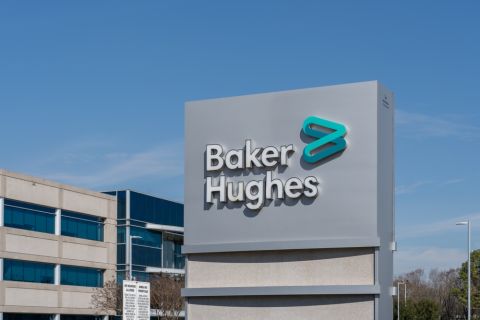SAN RAMON, Calif.-- Chevron Corporation (NYSE:CVX) today announced that its subsidiary, Saudi Arabian Chevron (SAC), has achieved first steam injection at its Large Scale Pilot (LSP) steamflood project at the Wafra Field, an Eocene heavy-oil carbonate reservoir in the onshore Partitioned Neutral Zone (PNZ).
The $340 million LSP, which is the final test phase for the steamflood project, is expected to lead to full-field steamflooding of the First Eocene reservoir, marking the first commercial application of a conventional steamflood in a carbonate reservoir anywhere in the world.
“Full-field deployment of steamflood technology in the PNZ would significantly increase recovery of crude oil reserves, confirm the technology’s potential applicability in other carbonate oil fields and build on Chevron’s steamflood capabilities that date back five decades,” said George Kirkland, executive vice president, Chevron Global Upstream and Gas.
The LSP is the third in a series of staged tests to validate the feasibility of applying the enhanced oil recovery technology of steamflooding to unlock the producing potential of the heavy Eocene oil of the PNZ’s carbonate reservoirs. Previous tests included the Small Scale Test (SST), which was successfully completed in 2008, and simple steam stimulation testing, conducted in the late 1990s.
Steamflooding involves injecting steam into heavy-oil reservoirs to heat the crude oil underground, reducing its viscosity and allowing its extraction through wells.
Chevron has successfully employed steamflooding to produce heavy oil from sandstone reservoirs at Kern River, Calif., for more than 40 years and at Duri in Sumatra, Indonesia, for 25 years. The company is recognized as the world’s leader in steamflood technology.
SAC operates on behalf of the Kingdom of Saudi Arabia, the Kingdom’s 50 percent undivided interest in the petroleum resources of the onshore PNZ between the Kingdom and the State of Kuwait. SAC’s operating agreement with the Kingdom was recently extended and amended, and runs until February 2039.
The operations include four fields in the area - Wafra, South Umm Gudair, South Fuwaris and Humma - that produce mainly heavy crude from 10 reservoirs. In 2004, the 3 billionth barrel of oil was produced in the onshore PNZ.
Recommended Reading
McKinsey: Big GHG Mitigation Opportunities for Upstream Sector
2024-11-22 - Consulting firm McKinsey & Co. says a cooperative effort of upstream oil and gas companies could reduce the world’s emissions by 4% by 2030.
Baker Hughes to Supply Petrobras' Presalt Fields with Flexible Pipe Systems
2024-10-28 - Baker Hughes said the systems will look to address the issue of corrosion cracking from CO2, which can arise as gas is reinjected into wells.
Baker Hughes Defies Nature with an Upgrade to Ol’ Fashioned Cement
2024-10-15 - Baker Hughes’ InvictaSet uses regenerative capabilities to provide operators with a sustainable cement solution that can last for years.
Water Management Called ‘Massive Headwind’ for Permian Operators
2024-11-21 - Amanda Brock, CEO of Aris Water Solutions, says multiple answers will be needed to solve the growing amounts of produced water generated by fracking.
Hurricane Helene Shuts in Nearly 30% of GoM Crude Production
2024-09-25 - Bumped up to hurricane classification on Sept. 25, Hurricane Helene has shut in 29% of crude and 17% of natural gas production in the Gulf of Mexico as it nears landfall in Florida tomorrow.





